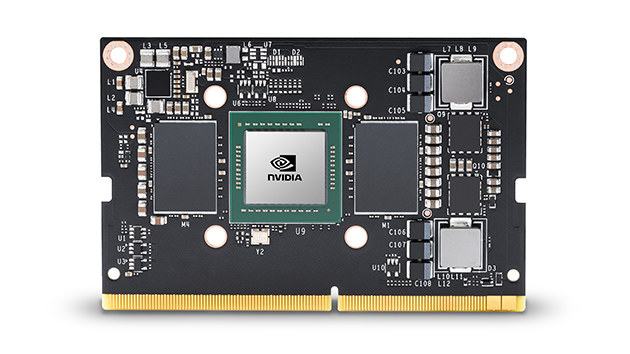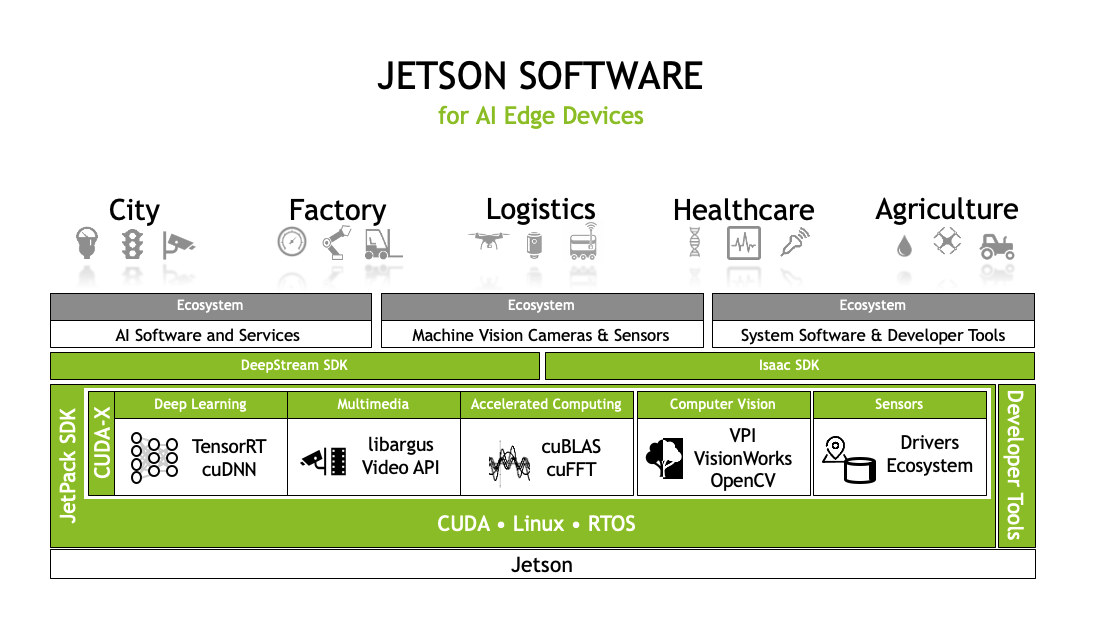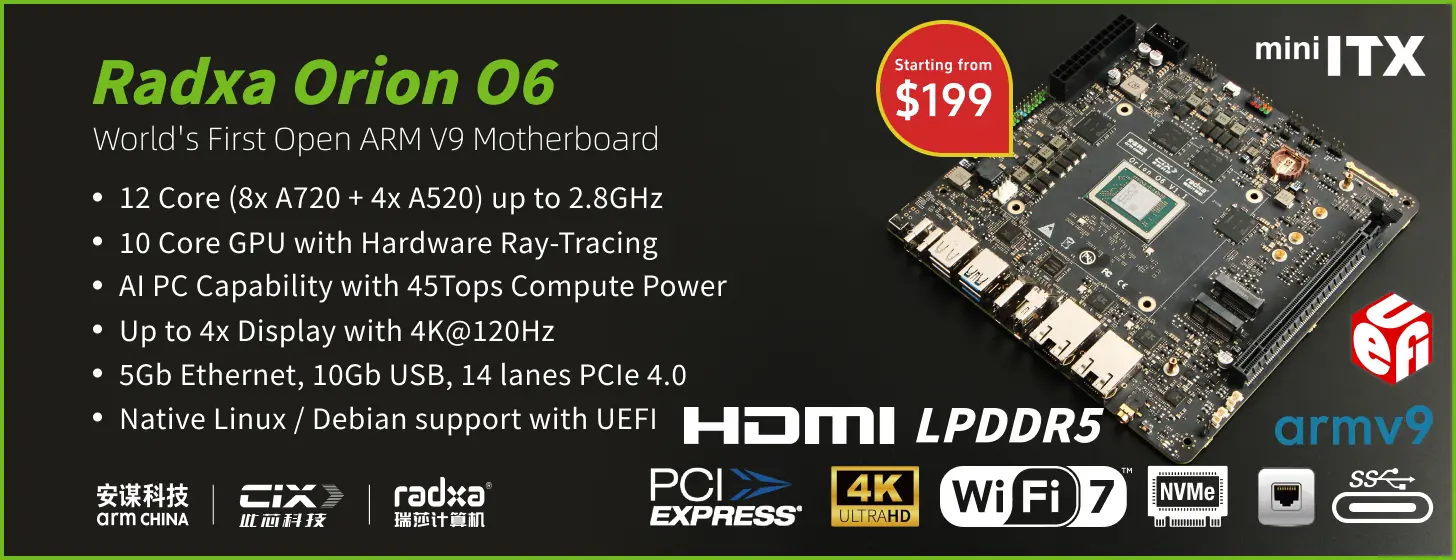NVIDIA Jetson AI modules and developer kits range from the entry-level Jetson Nano module (5W, ~0.5 TOPS) to the high-end Jetson Xavier AGX module (30W, 32 TOPS). The higher-end modules usually come with a 400-pin board-to-board, while cheaper/cost-down modules like Jetson Nano and Jetson Xavier NX feature a 260-pin SO-DIMM connector and small form factor.
But so far all Jetson TX2 modules came with a 400-pin connector, but this has changed with the introduction of the Jetson TX2 NX SO-DIMM system-on-module that is offered as a cost-down version of Jetson TX2 4GB module.

strikethrough showing the difference against Jetson TX2 4GB:
- Processor – Dual-Core NVIDIA Denver 2 64-Bit CPU and Quad-Core Arm Cortex-A57 MPCore processor @ up to 2.0 GHz
- GPU – 256-core NVIDIA Pascal GPU @ up to 1.3 GHz
- AI Performance – 1.33 TFLOPS
- Video
- Encode
- H.265 – 1x 4Kp60, 3x 4Kp30, 4x 1080p60, 8x 1080p30
- H.264 – 1x 4Kp60, 3x 4Kp30, 7x 1080p60, 14x 1080p30
- Decode
- H.265/H.264 – 2x 4Kp60, 4x 4Kp30, 7x 1080p60, 14x 1080p30
- Encode
- System Memory – 4 GB 128-bit LPDDR4 51.2GB/s
- Storage – 16 GB eMMC 5.1
- 260-pin SO-DIMM edge connector
- Display I/F
- 2x multi-mode DP 1.2/eDP 1.4/HDMI 2.0
2 x41 x2 DSI (1.5Gbps/lane)
- Camera I/F
- Up to
6x5x cameras (12 via virtual channels) - 12 lanes MIPI CSI-2
- D-PHY 1.1
1.2up to 30 Gbps
- Up to
- Networking – Gigabit Ethernet
- PCIe – 1×1 +
1 x41 x2 PCIe Gen2 , or1 x1 + 1 x1 + 1 x2 - USB – 1x USB 3.1 (5Gbps), 3x USB 2.0
- Other I/Os – 1x SDIO, 2x SPI, 3x UART, 4x I2S, 4x I2C, 1x CAN, GPIOs
- Display I/F
- Supply Voltage – 5V
- Power Modes – 7.5 or 15W
- Dimensions – 69.6 mm x 45 mm
The main differences are the form factor, and fewer interfaces for display, camera, and PCIe. NVIDIA Jetson TM TX2 NX places itself right between Jetson Nano and Jetson Xavier NX in terms of performance, and shares form-factor and pin compatibility with the two modules.

Samples of Jetson TX2 NX modules are available now for $200 on Arrow or 140 Euros on Silicon Highway Direct. [Update: It’s also listed on Seeed Studio with Jetson Mate carrier board as an option. Further details may be found on the Jetson product page.
Thanks to Abu for the tip.

Jean-Luc started CNX Software in 2010 as a part-time endeavor, before quitting his job as a software engineering manager, and starting to write daily news, and reviews full time later in 2011.
Support CNX Software! Donate via cryptocurrencies, become a Patron on Patreon, or purchase goods on Amazon or Aliexpress




